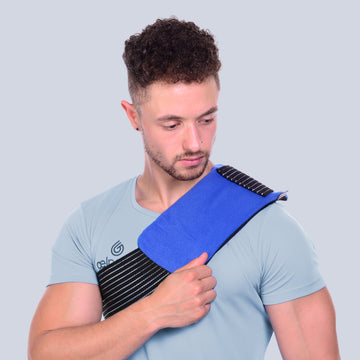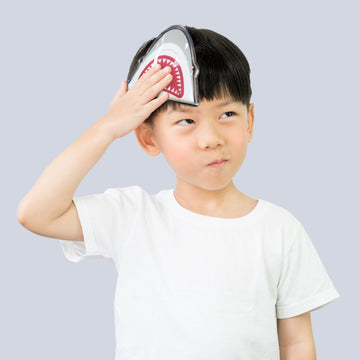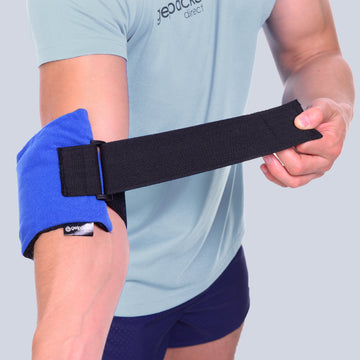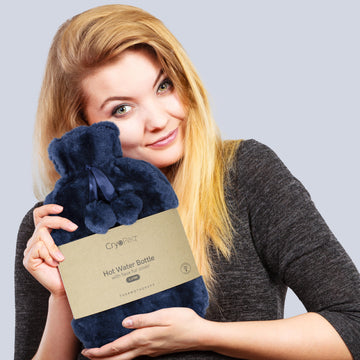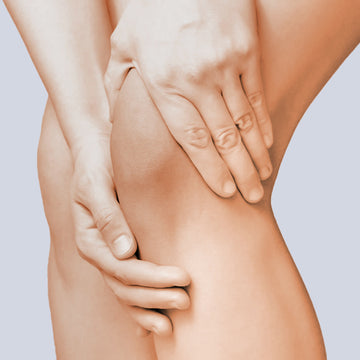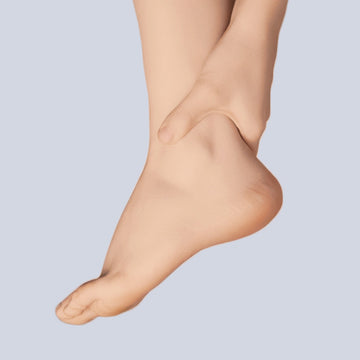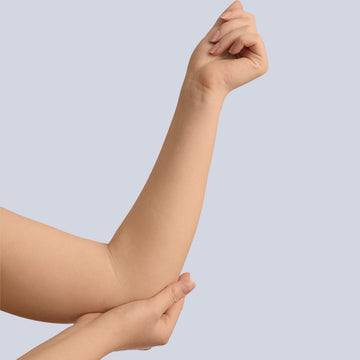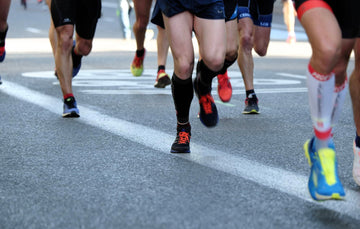Posted by Chloe Simkiss | 10-Dec-2020
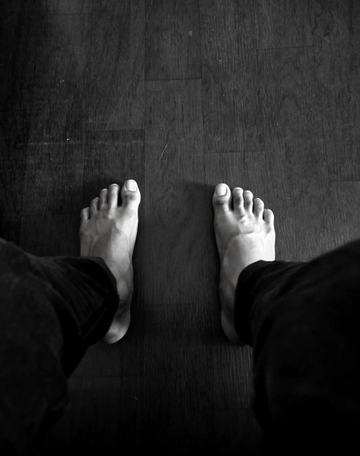
How to treat swollen toes
With Lockdown 3.0 giving us more time to declutter the attic, get rid of the box the television came in 10 years ago and organise every nook and cranny of the house a few accidents are bound to happen along the way - including dropping heavy items on your toes (ouch!).
We've got everything you need to know on swelling, what symptoms to look for and how to treat and reduce swelling so you can get back to living life in lockdown.
What is swelling
Swelling occurs whenever the organs, skin, or other parts of your body enlarge. It’s typically the result of inflammation or a buildup of fluid. Swelling can occur internally, or it can affect your outer skin and muscles.
Symptoms of swelling
Aside from swelling, people who injure their toe may also experience:
- redness
- warmth in the area
- pain
- limited movement
- bruising or discoloration
Some injuries involve a break in one or more bones within the toe. If the toe is broken, bruising may appear the day after the injury.
A stress fracture is a tiny hairline break in a bone. These tend to occur with repetitive activities such as running. The symptoms of a stress fracture are similar to those of a bone break, but they are usually less severe. Pain typically occurs during activity and stops during rest. The toe may swell but does not usually bruise.
How to treat and reduce swelling?
Brand new injuries such as swelling and soreness on toes will benefit from being iced as soon as possible. Follow the R.I.C.E. technique;
R – Rest a swollen or newly injured foot.
I – Ice the foot and swollen toes for 5-10 minutes. Do not exceed 20 minutes as there is a risk of skin and nerve damage beyond 20 minutes.This will help reduce swelling.
C – Since compression is helpful for reducing swelling and supporting a newly injured foot, wrap gel pack’s direct ice pack around the toes using the compression bandage, and then circling the foot.
E – Elevate the injured foot to assist the body in the healing process. The foot should be elevated above the heart, ideally propped on a few pillows while you are lying down.
Remember that cold therapy is not a cure-all. So if your symptoms persist, make an appointment with your doctor to have your injury properly diagnosed and analysed. But in the meantime put your feet up!
#TeamGPD
